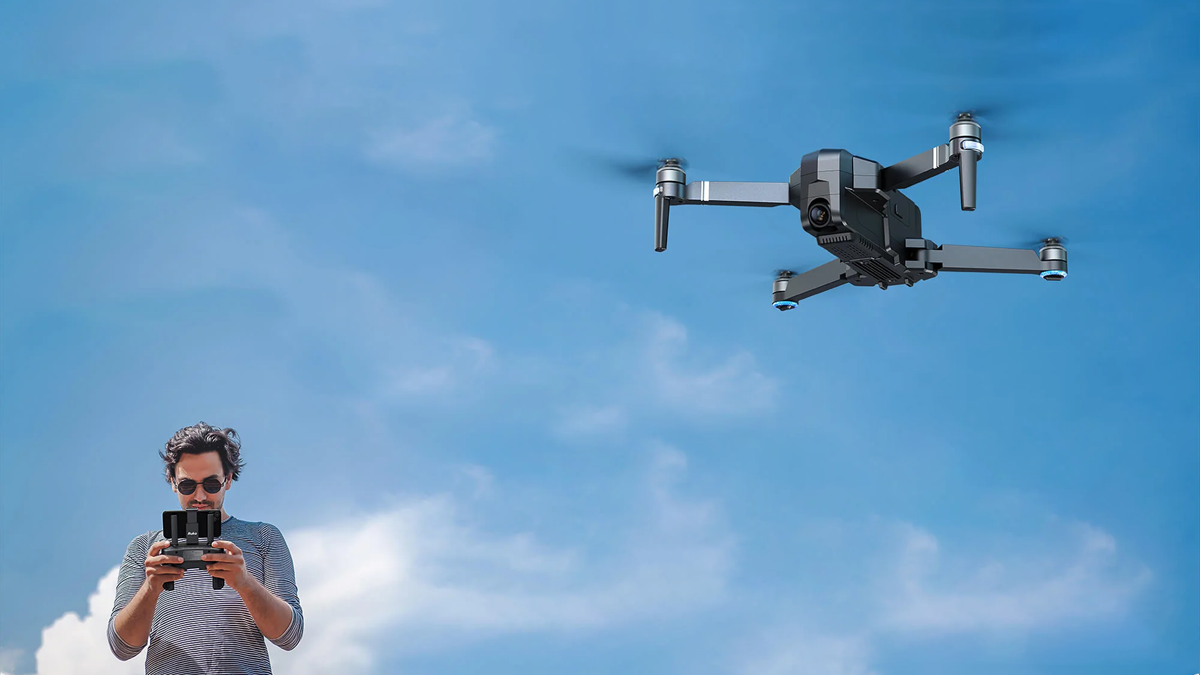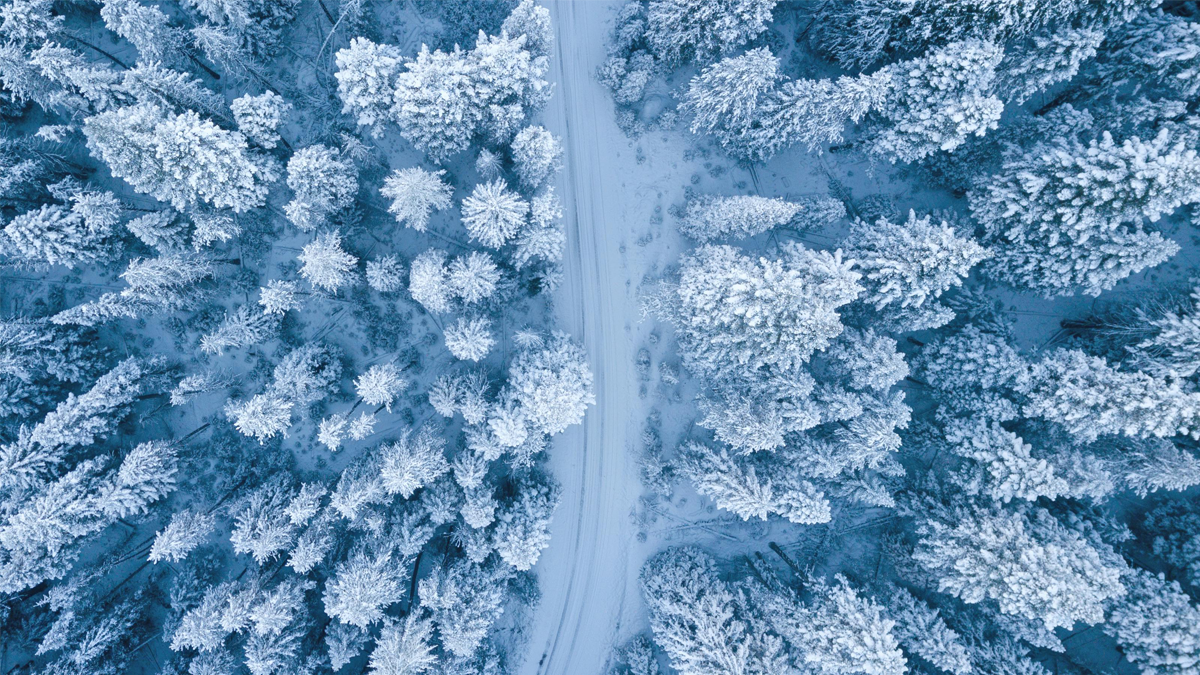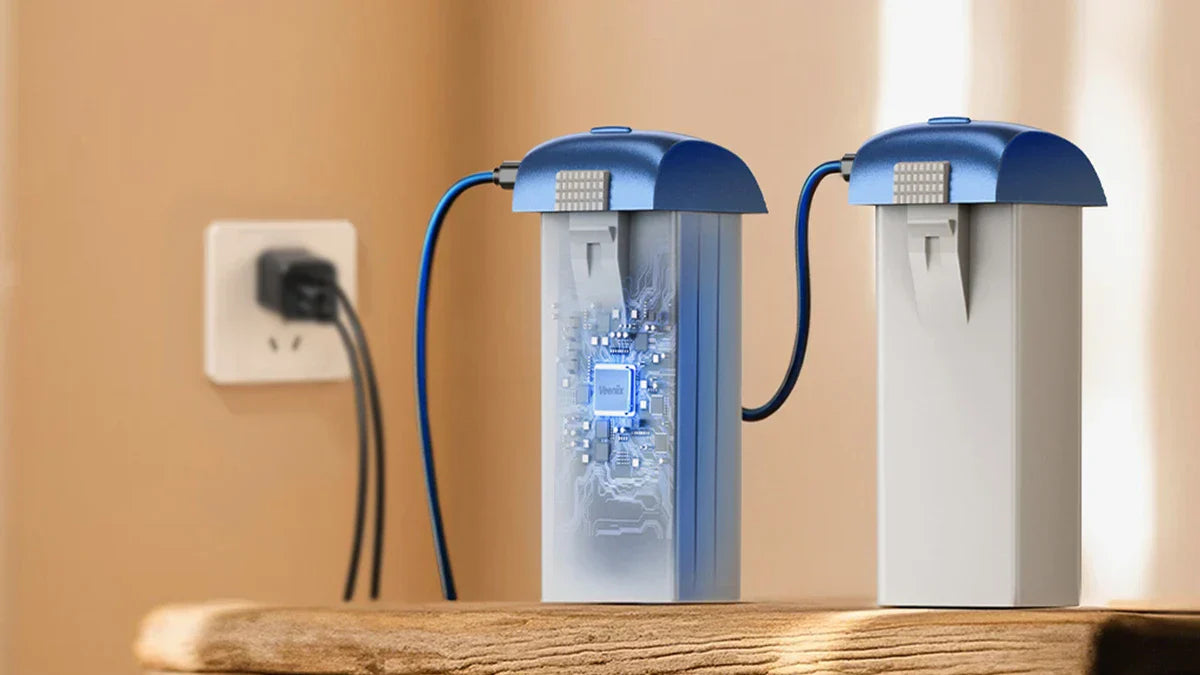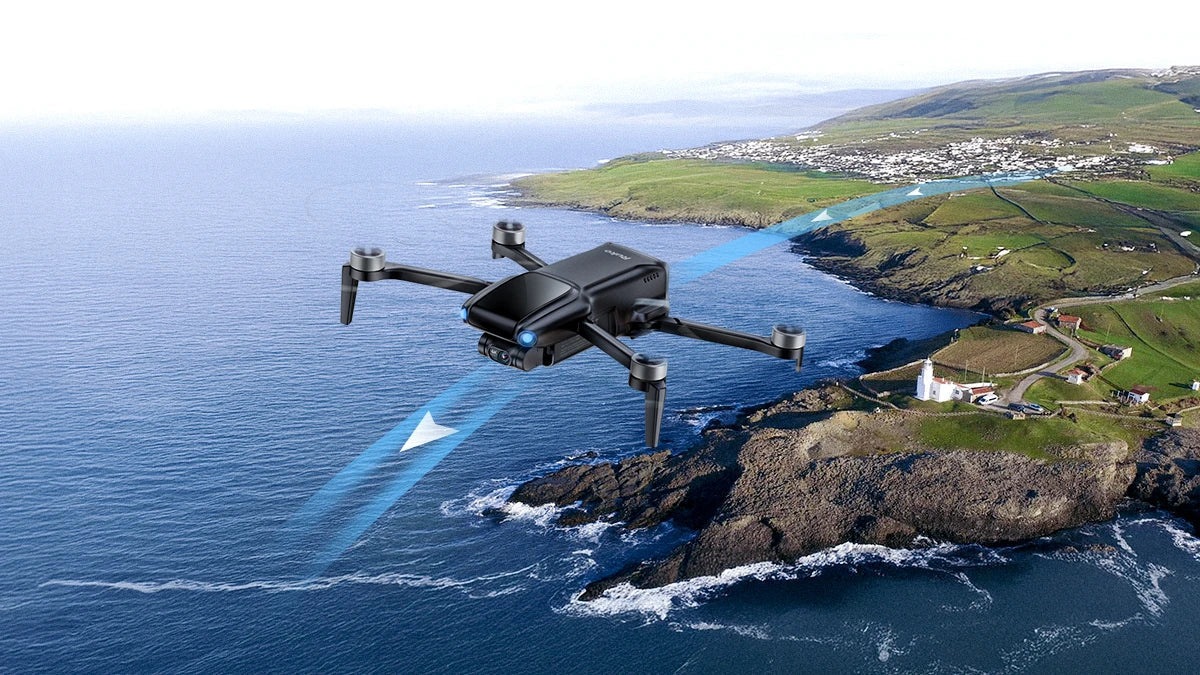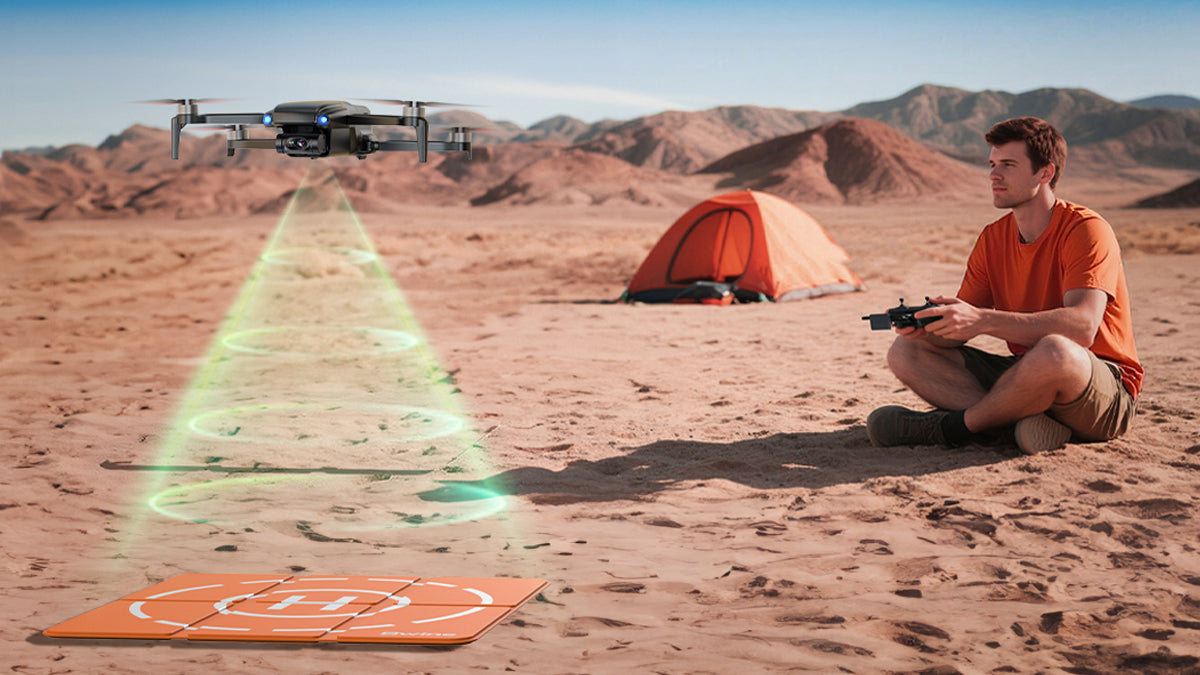Today, drones have shown their prowess in recording life and creation with their unique perspectives, bringing us a lot of fun. However, sometimes drones fly away, which not only causes economic losses, but also misses precious scenery. In this blog, let’s dive into some tips to prevent Ruko drones from flying away.
1. Choose a suitable flying site
Flying drones in open, obstacle-free places outdoors can ensure flight safety. For example, the airflow between high-rise buildings in the city is complex, which can easily interfere with drones and make their attitude out of control. However, there is no such problem in open areas such as grasslands and squares, and drones fly more stably, which can reduce the risk of accidents.
2. Ensure GPS mode and good signal
When flying, keep the drone in GPS mode and have a good signal. GPS signal is the key to positioning. Poor signal will lead to inaccurate positioning and failure of automatic return. For example, in forests and canyons, the signal is easily blocked and interfered, and the drone is easy to lose its direction, so be sure to confirm the signal status before taking off.
3. Reasonably set the return altitude
The return altitude should be higher than the surrounding buildings. When the drone automatically returns, if the altitude is low, it may hit a building. For example, if the surrounding buildings in the city are 50 meters high, it is very dangerous to set the return altitude to 30 meters. In this case, setting it to 80 meters can avoid obstacles and return safely.
4. Precautions for novice flight
Novices should practice within the visual range and turn off the novice mode after proficiency. Novices are not proficient in control. They can observe the posture and position and adjust them at any time when flying within the visual range. The novice mode limits the speed and height. If you rashly turn off the novice mode and take a long-distance flight, it is easy to fly away due to improper operation in an emergency.
5. Timely calibration of the compass
When changing the takeoff environment or the drone deviates, calibrate the compass. Different environments have different magnetic fields. For example, near metal mining areas and high-voltage lines, magnetic field interference will cause the compass to indicate errors and the drone will deviate. If it is not calibrated in time, it may fly in the wrong direction and be lost.
6. Power and flight direction management
For long-distance flight, you must have sufficient power in the battery and do not fly against the wind. Insufficient power is a common cause of flight loss. Flight requires power to maintain posture and execute instructions. Low power will not automatically return and will fall. Flying against the wind consumes a lot of energy and has a short battery flight time, which potentially causing the drone unable to return home.
Summary
In short, preventing the drone from being lost requires a multi-pronged approach. Choose a good site, ensure GPS signal and a suitable return altitude, operate with caution for beginners, calibrate the compass in time, and manage the battery level and flight direction. By incorporating these key points into every flight, we can greatly reduce the risk of drones flying away and enjoy the unique experience of drone flying.
For more assistance, you can cnotact our exceptional 7/24 Ruko customer service to guarantee your smooth flight experience.



